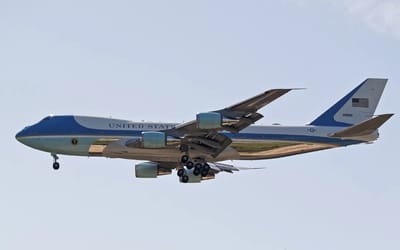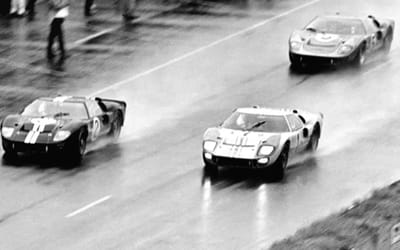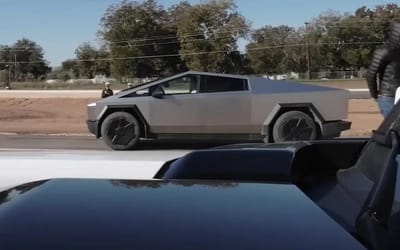World’s largest digital camera in history ‘the size of a car’ will track down city-sized asteroids
- The Legacy Survey of Space and Time (LSST) is the world’s largest camera
- It has 3,200 megapixels and weighs three tons
- The camera will monitor the sky in the Earth’s southern hemisphere
Published on Apr 06, 2024 at 9:28 PM (UTC+4)
by Siddharth Dudeja
Last updated on Apr 08, 2024 at 7:34 PM (UTC+4)
Edited by
Nalin Rawat
Scientists and engineers will soon deploy the world’s largest camera, which is almost the size of a hatchback.
The minds behind this three-ton behemoth have been working on developing the digital camera for almost two decades now.
It is known as the Legacy Survey of Space and Time (LSST) camera and houses 3,200 megapixels.
That’s a lot of megapixels, for sure.
READ MORE: Earth’s rarest and most expensive metal costs $14,000 per ounce but isn’t gold or platinum
The Vera C. Rubin Observatory will soon begin its mission to use the LSST to monitor the sky over the Earth’s southern hemisphere.
Its mission will last for at least 10 years, and it will take one panorama every few nights for the entirety of the mission.
For such an extensive use case, the scientists need a camera that can pull it off.
That’s where the LSST comes into play.
As the world’s largest camera, scientists will be able to monitor the skies and look out for mysteries far away.
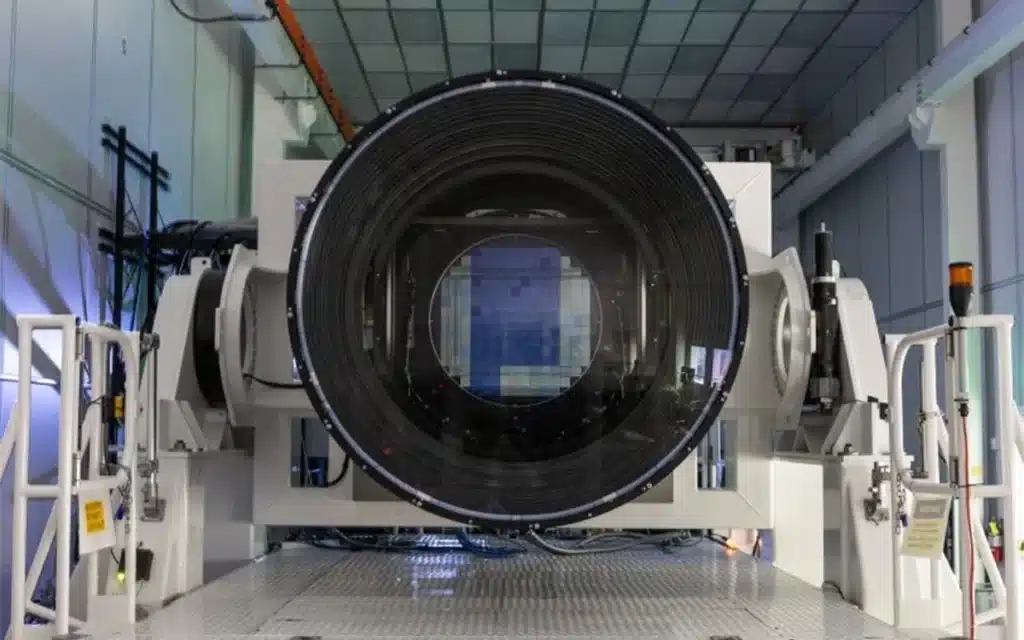
It might be the largest camera in history, but it’s certainly not the world’s fastest camera out there.
Their primary focus will be on dark energy and dark matter — which account for the majority of our universe’s energy.
The focus on the unknown in the universe is ever-growing, as scientists elsewhere are also studying antimatter.
Further, the LSST will sit at the observatory near the top of Cerro Pachon in Chile.
It weighs three tons, so getting it up there could prove to be a task.
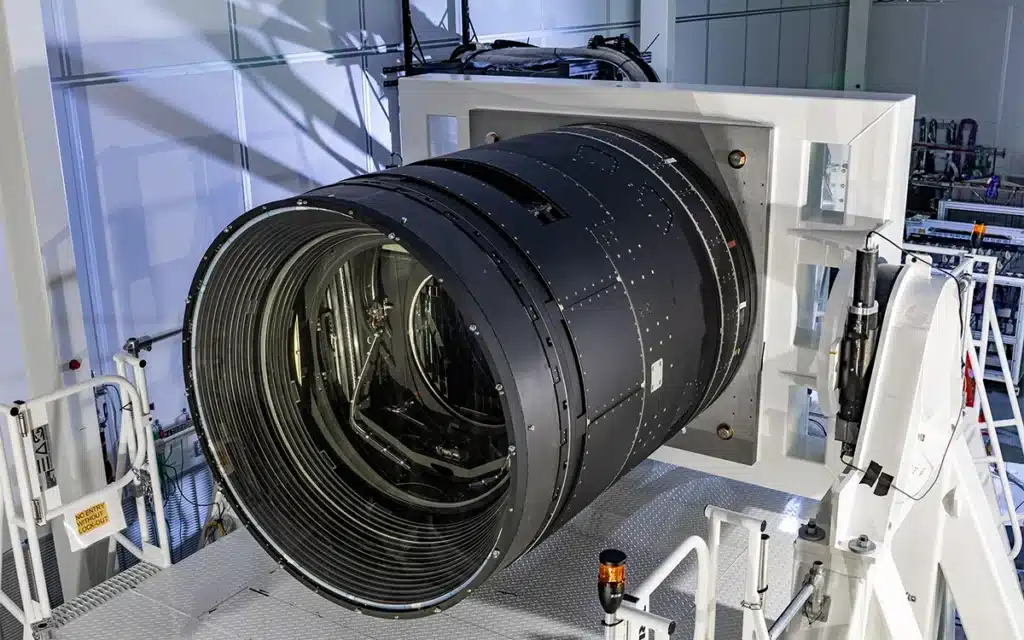
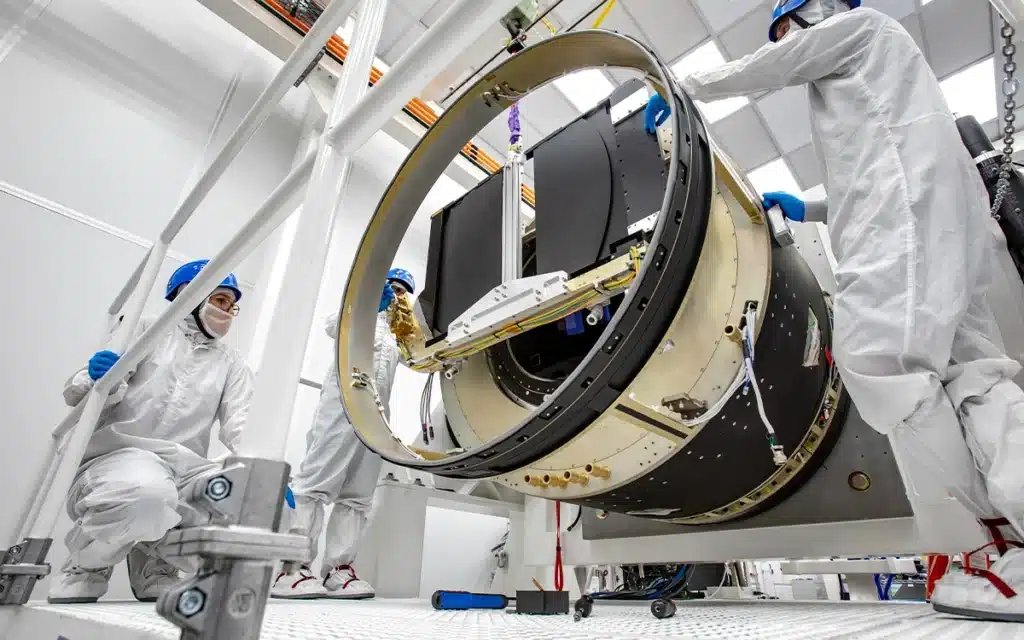
When deployed, the world’s largest camera will take high-resolution photos of the sky.
To put its capabilities into perspective, the camera could take a clear picture of a golf ball from 15 miles away.
That makes current-gen cameras that spot people from a distance look like a joke.
“The data collected by the LSST camera and Rubin will be really groundbreaking.
“It will enable really incisive studies of the expansion of the universe and dark energy,” Aaron Roodman, Rubin Observatory Deputy Director and Camera Program Lead, told Space.com.
A camera of that size is best left for space research, and you should probably avoid using it to get your portraits snapped
DISCOVER SBX CARS: The global premium car auction platform powered by Supercar Blondie

